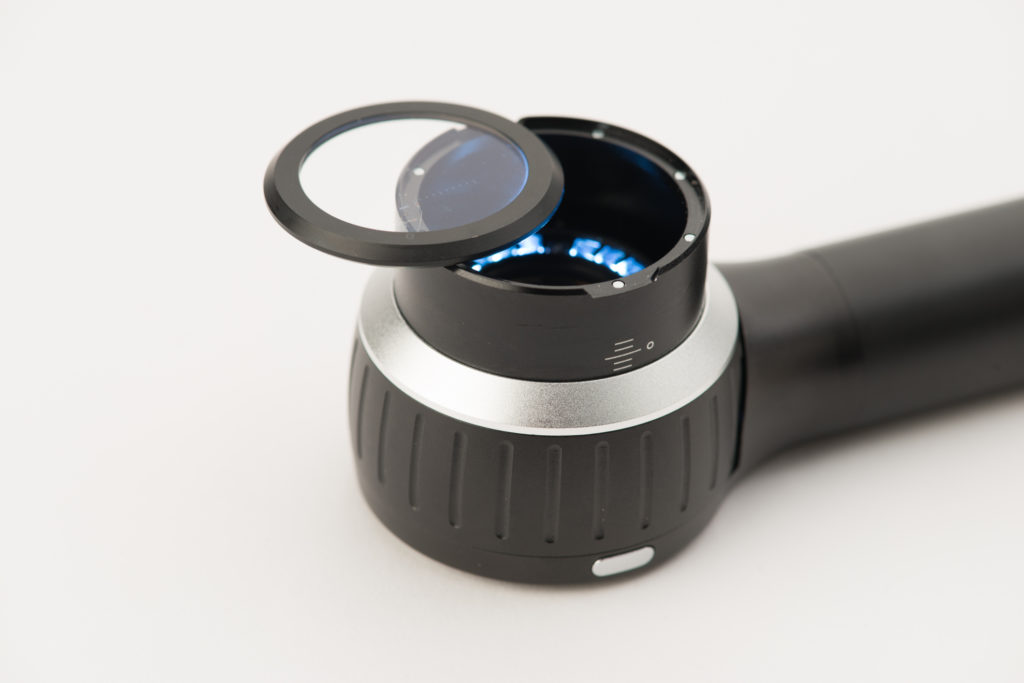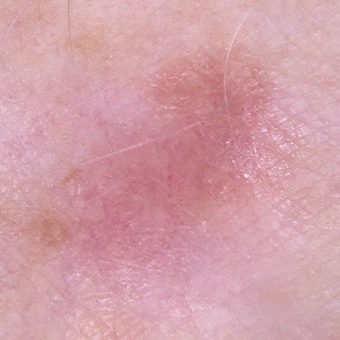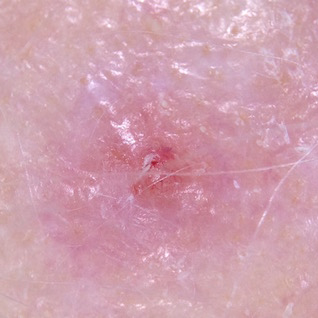Odds are, if you have spent time on SkinCancer.org, you know the classic ABCDE warning signs of melanoma: Asymmetry, Border irregularity, Color variations, Diameter over ¼ inch (6 mm) or Dark in color, and Evolution or change. But did you know that some melanomas have very different features?
For example, certain melanomas may have no color at all. Physicians refer to these as “amelanotic” melanomas, because they are conspicuously missing melanin, the dark pigment that gives most moles and melanomas their color. These unpigmented melanomas may be pinkish-looking, reddish, purple, normal skin color or essentially clear and colorless.
The problem is, patients and even physicians may not immediately recognize these as possible melanomas. Even today’s specialized computer apps for early melanoma recognition tend to be modeled on the classic ABCDEs and can miss more clinically subtle melanomas like these. Amelanotic melanomas can resemble other skin cancers like basal cell or squamous cell carcinoma, or worse, may be mistaken for benign moles, scars or cysts. This can delay diagnosis, which may prove dangerous, since early detection of melanoma is critical; early melanomas are almost always curable, while those that advance beyond stage I become more difficult to treat. Amelanotic melanomas tend to recur or spread (metastasize) more often than melanomas with more typical features.
While these melanomas lack pigment, they may have other melanoma warning signs to stay on the lookout for, such as asymmetry and an irregular border. In addition, more and more physicians today stress the importance of the “E” in the ABCDEs – evolution or change. The Skin Cancer Foundation recommends that you examine your skin head to toe every month, especially looking for any new mole or any sign of change in an existing mole. If you spot anything new, changing or unusual, see a dermatologist without delay.
To help you spot unusual melanomas, you can also use early recognition strategies beyond the ABCDEs, such as the Ugly Duckling sign.
It also may help you to know that the ABCDEs apply mainly to the most common form of melanoma, superficial spreading melanoma. There are actually four major types of melanoma, all of which look a little different than one another.







